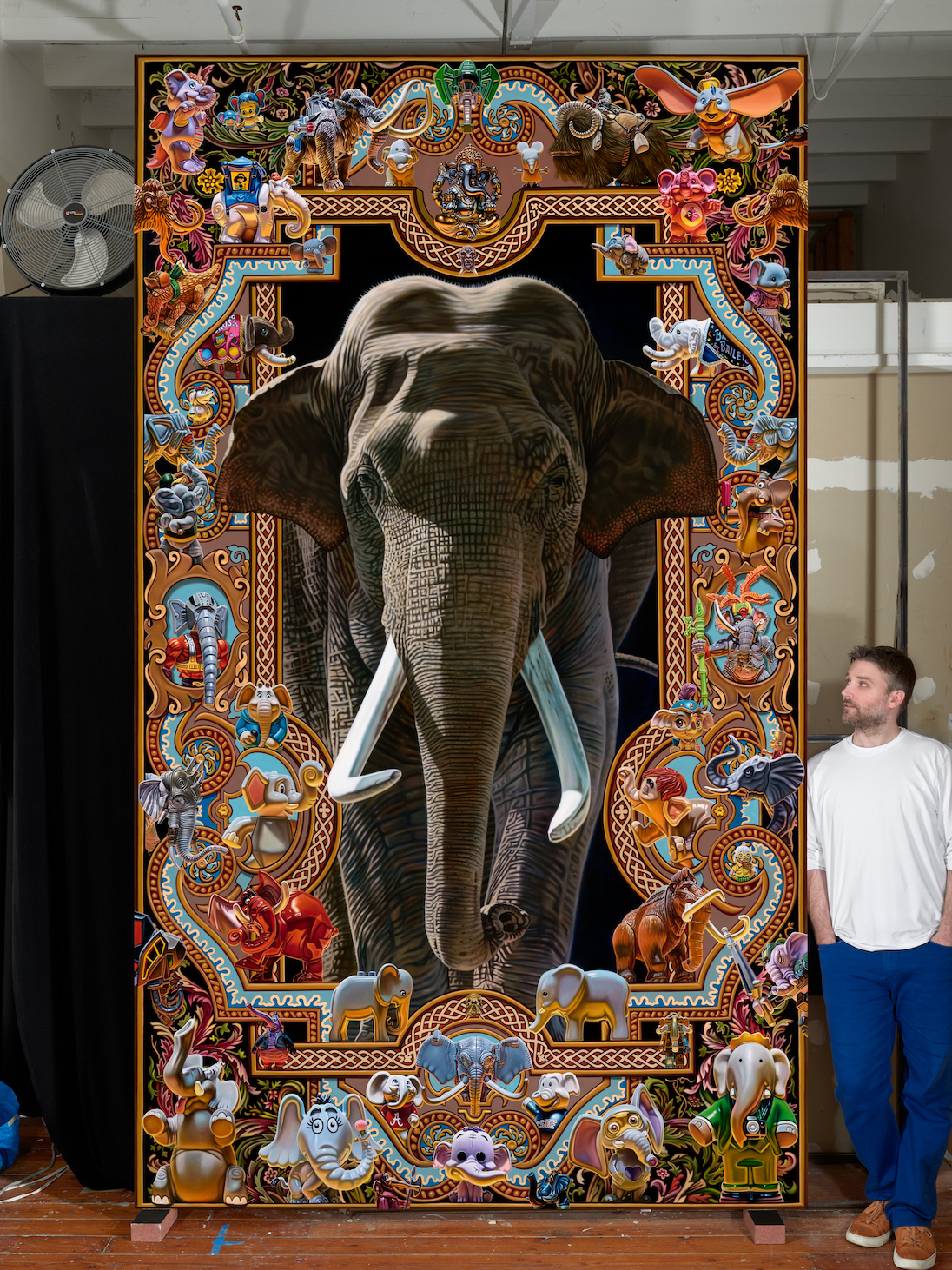
New York-based artist Edie Nadelhaft has an interest in exploring the several different dimensions of varying biological surfaces. In her recent series, “Flesh,” the artist paints and draws her own hands. Working with a hyperrealist technique that almost breaks down into abstraction, the artist portrays the surfaces of her extremities with a detailed yet distorted perspective.
Nadelhaft begins her process by digitally photographing her subject, then zooming in and cropping the image until she’s gotten the necessary results. Her aesthetic and process reveal an interest in creating a parallel to the distortions of today’s visual experience, where almost everything is mediated through images. The artist is creating a dialogue around the issues of the disappearance of touch in an increasingly digital culture, as well as what it means to exist in a finite, physical body.








 Canadian artist
Canadian artist 
